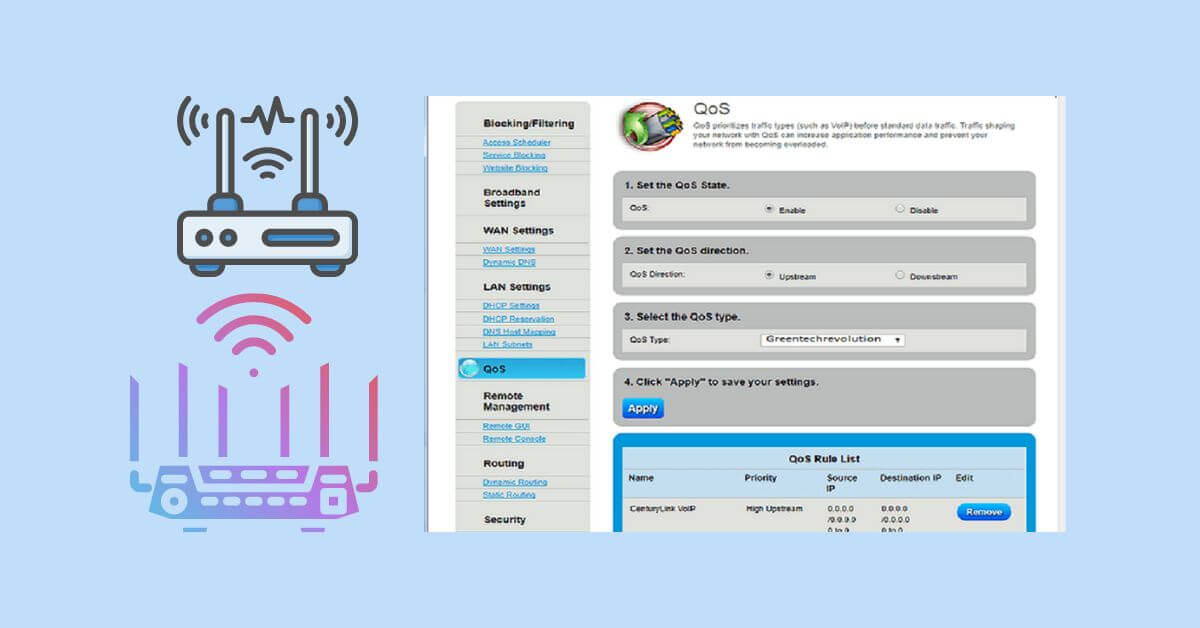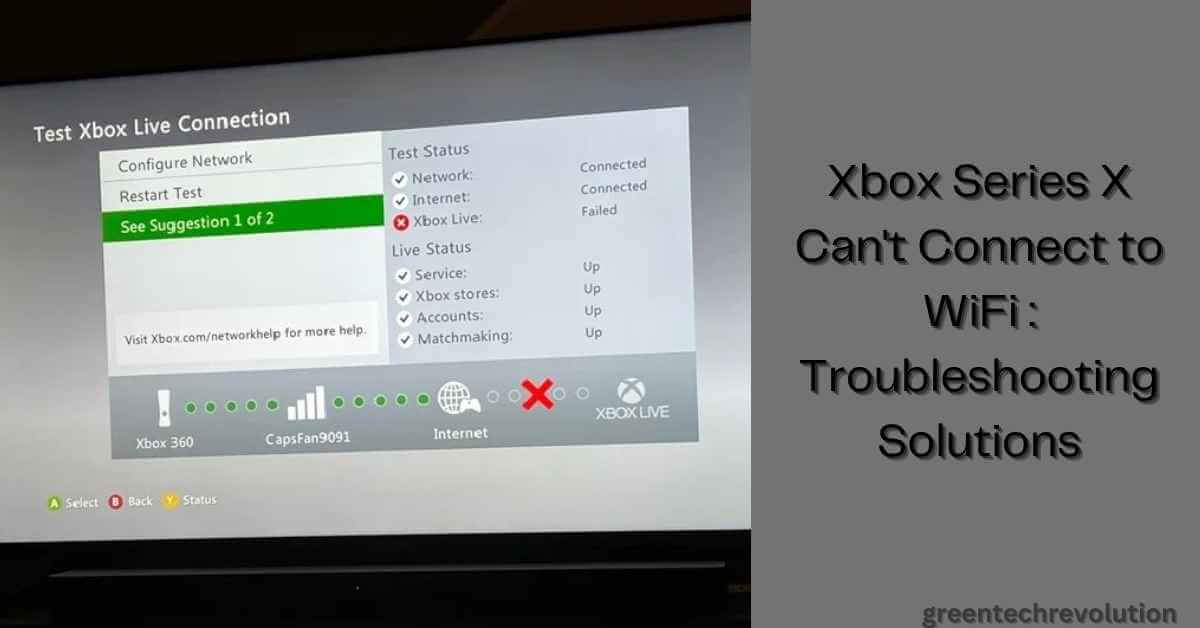In an increasingly interconnected world, where data breaches and cyber threats are on the rise, safeguarding your online presence has never been more critical. One effective way to enhance your online security and privacy is by setting up a VPN on your Wi-Fi router. This comprehensive guide will walk you through the process, ensuring your internet activities remain secure and anonymous.
VPN Supported Router:
Why Set Up a VPN on Your Wi-Fi Router?
Online Security and Privacy
The internet is full of potential risks, from hackers to data snoopers. Setting up a VPN on your Wi-Fi router encrypts your internet traffic, making it virtually impossible for anyone to intercept or decipher your data. This added layer of security ensures your personal information remains confidential.
Access to Geo-Restricted Content
VPN allows you to access content that may be restricted in your region. By connecting to servers in different locations, you can unlock geo-blocked websites, streaming services, and online platforms, expanding your digital horizons.
Protection of Public Wi-Fi
Public Wi-Fi networks are notorious for their lack of security. When you connect to public Wi-Fi, you risk exposing your data to potential threats. However, with a VPN on your router, your connection remains encrypted even when using public networks, safeguarding your sensitive information.
Choosing the Right Router
Before diving into the setup process, ensure your Wi-Fi router is compatible with VPN configurations. Not all routers support this feature. If your current router doesn’t, consider investing in a VPN-compatible router for a seamless experience.
Selecting a Reliable VPN Service
Choosing the right VPN service is paramount to the success of your setup. Opt for a reputable provider known for its strong encryption, wide server network, and user-friendly interface. Some popular options include ExpressVPN, NordVPN, and CyberGhost.
Steps to Set Up a VPN on Your Wi-Fi Router
Step 1: Checking Router Compatibility
Begin by logging into your router’s admin panel using its IP address and credentials.
Step 2: Choosing a VPN Service
Select a VPN service that aligns with your needs and budget. Sign up for an account and take note of the necessary VPN configuration details.
Step 3: Configuring the Router
Access your router’s settings and locate the VPN configuration section. Enter the VPN details you obtained from your provider, including the server address, username, and password.
Step 4: Connecting Devices
Once configured, all devices connected to your Wi-Fi network will automatically benefit from the VPN’s protection. Connect your devices as usual, and they will enjoy encrypted security.
Step 5: Verifying the VPN Connection
To ensure your VPN is working correctly, visit a website that displays your IP address. It should now show the IP address of the VPN server you’re connected to, indicating that your VPN is active.
Benefits of Using a VPN on Your Router
By setting up a VPN on your Wi-Fi router, you unlock numerous benefits, including:
- Enhanced Security: Protect your data from potential threats.
- Anonymity: Mask your IP address for added privacy.
- Access to Global Content: Bypass geo-restrictions and access international content.
- Seamless Protection: All devices connected to your router are automatically secured.
Troubleshooting Common Issues
While setting up a VPN on your router is relatively straightforward, you may encounter some common issues. Here are a few troubleshooting tips:
- Router Compatibility: Ensure your router supports VPN configurations.
- VPN Service: Verify that you’ve chosen the right VPN provider.
- Configuration Errors: Double-check your VPN settings for accuracy.
- Restart Router: Sometimes, a simple router restart can resolve connectivity issues.
Final Thoughts
Setting up a VPN on your Wi-Fi router is a proactive step towards securing your online presence and maintaining your privacy. It provides enhanced security, access to geo-restricted content, and protection on public networks. By following the steps outlined in this guide, you can enjoy a safer and more private online experience.
FAQs
- Is it necessary to have a VPN on my router?
- While not mandatory, setting up a VPN on your router offers comprehensive protection for all connected devices, ensuring enhanced security and privacy.
- Can I use any VPN service for this setup?
- It’s essential to choose a reputable VPN service known for its reliability, strong encryption, and user-friendly interface to ensure a smooth setup.
- Will a VPN slow down my internet connection?
- VPNs can affect internet speed slightly due to encryption processes, but the impact is usually minimal with high-quality VPN providers.
- Can I use a free VPN for this setup?
- It’s recommended to use a paid, reputable VPN service to ensure better security and performance.
- What should I do if I encounter issues during setup?
- If you face problems, double-check your router’s compatibility, VPN service, and configuration settings. Restarting the router can also help resolve common connectivity issues.











Leave a Reply
You must be logged in to post a comment.